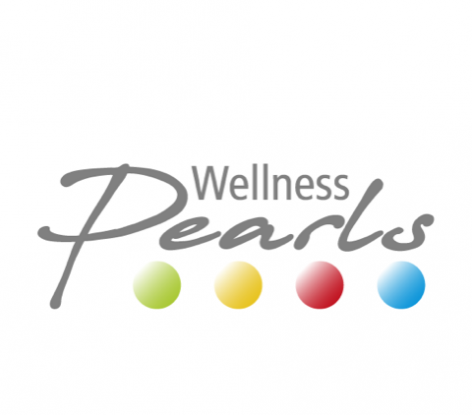Wellness dictionary
Little ABC for your spa-break questions ...
In their treatment discriptions, wellness hotels often use technical terms, which are hard to understand for potential guests. We have therefore collected and defined the most relevant terms in our small wellness ABC. A tip: Our wellness dictionary also supports word requests. You don't need to know the exact wording.
Select letters or search term:
Tuina Massage
Tuina Anno massage - Where does the term come from?
Tuina Anmo Massage (Chinese: tui = to push; na = to grasp) is one of the five basic pillars of Traditional Chinese Medicine (TCM) and is an independent, holistic form of massage. This medical form of treatment is older than acupuncture. The roots of Tuina massage go back to 1600 years before Christ.
Tuina diagnosis
Tuina Anmo is applied on the basis of holistic Chinese medicine and includes the whole body in the treatment. The examination includes tongue and pulse diagnosis, questioning the patient about his or her life circumstances and examining the painful parts of the body. Parts of the body that are not affected are examined during the tests as well as the condition of skin and tissue. Technical diagnostic procedures such as computer tomography or X-rays are also taken into account. In the Tuina, the top priority when drawing up a treatment plan is always to combine
- Body
- Mind
- Movement
- Breathing and
- Touch.
When is a Tuina massage useful?
The Tuina massage has proven its worth, for example, in cases of arthrosis, rheumatic diseases, intestinal disorders, migraines or states of exhaustion. A particularly gentle method of Tuina massage has been developed for children, which can be used, for example, for sleep disorders, hyperactivity or allergies.
Healthy people also benefit from a Tuina massage. It reduces stress and has a regenerating effect.
What is the effect of a Tuina massage??
Following a personal TCM diagnosis, Tuina massage is used to release blockages in the Qi (life energy) flowing in the meridians. Among other things, the massage is intended to harmonise the principles of Yin (stands for body fluids and body mass on a physical level) and Yang (stands for body heat and body strength) and to strengthen the immune system. In addition to balancing yin and yang, tuina relaxes muscles, tendons and fasciae, relieves pain and relieves congestion.
How is a Tuina massage performed?
Tuina is based on the massage technique AnMo, pressing (An) and stroking (Mo) and includes many different grip techniques. These include, for example, stroking along the muscle and meridian, pressing acupuncture points, rhythmic tapping with the edge of the hand and rolling or rubbing movements. Types of grip, intensity and speed of the Tuina massage depend on the individual diagnosis. If necessary, nutritional recommendations are also included in the concept.
A distinction is made between deductive and strengthening massage techniques. The draining massages promote the elimination of metabolic products from the body and are carried out slowly and gently against the meridian. They have a calming effect. The strengthening massage techniques are characterised by fast, powerful grips and strokes along the meridians and have a stimulating effect. In addition to this large number of grip techniques, there are numerous other forms of therapy to improve the state of health and well-being in parallel to Tuina massage:
- Cupping or cupping massage
- Gua Sha - "scraping" or scraping the skin for muscle pain or muscle tension
- Laser acupuncture at acupuncture points stimulates the immune system, has an anti-inflammatory effect on the tissue and relaxes muscles.
- Moxibustion - has a warming effect, aids digestion, helps with fatigue and calms the nerves, stimulates the production of red and white blood cells and improves blood circulation in the tissue
What is the difference between the classical massage and the tuina?
In the classical massage, one works primarily on muscles, ligaments, joints and fasciae. Blood circulation is stimulated, adhesions are loosened and pain is relieved. Tuina is based on the meridian teachings of traditional Chinese medicine. Here the aim is to maintain health and strengthen the immune system by promoting the balance of yin and yang, the even flow of energy and the steady flow of blood and juices in the meridians.
How long does a Tuina massage last?
A Tuina massage lasts between fifteen and twenty minutes. For larger areas, such as the back, thirty minutes can also be scheduled.
Contraindications
The Tuina massage must not be used, for example, in cases of
- acute infections or injuries,
- during pregnancy,
- tumour diseases and
- severe osteoporosis.
Related topics: Acupressure Aschner Therapy Detoxing Full body massage Massage mental wellness Meridians Moxibustion Qi Qigong Qi-Massage Slow Stroke Massage Traditional Chinese Medicine (TCM)

